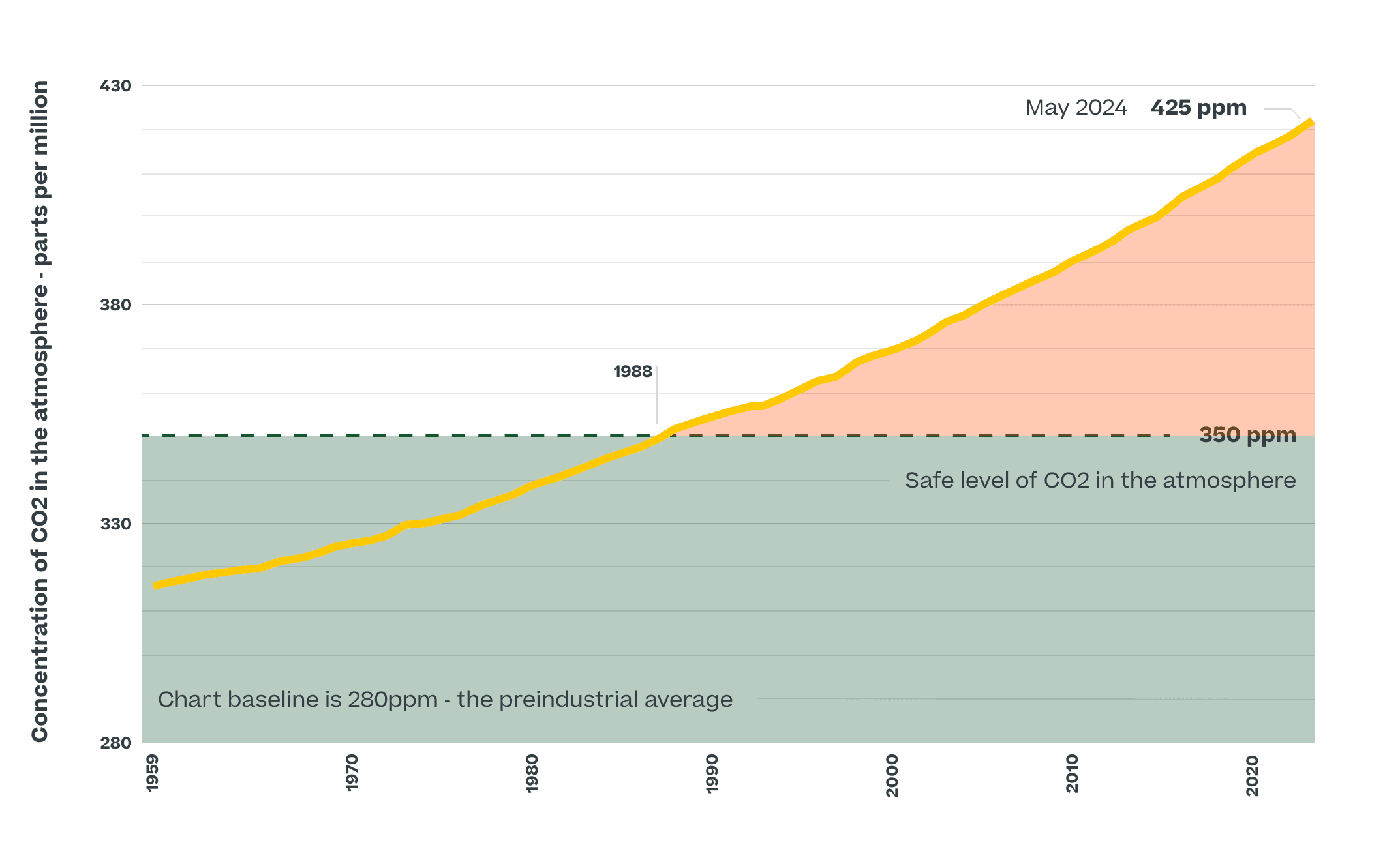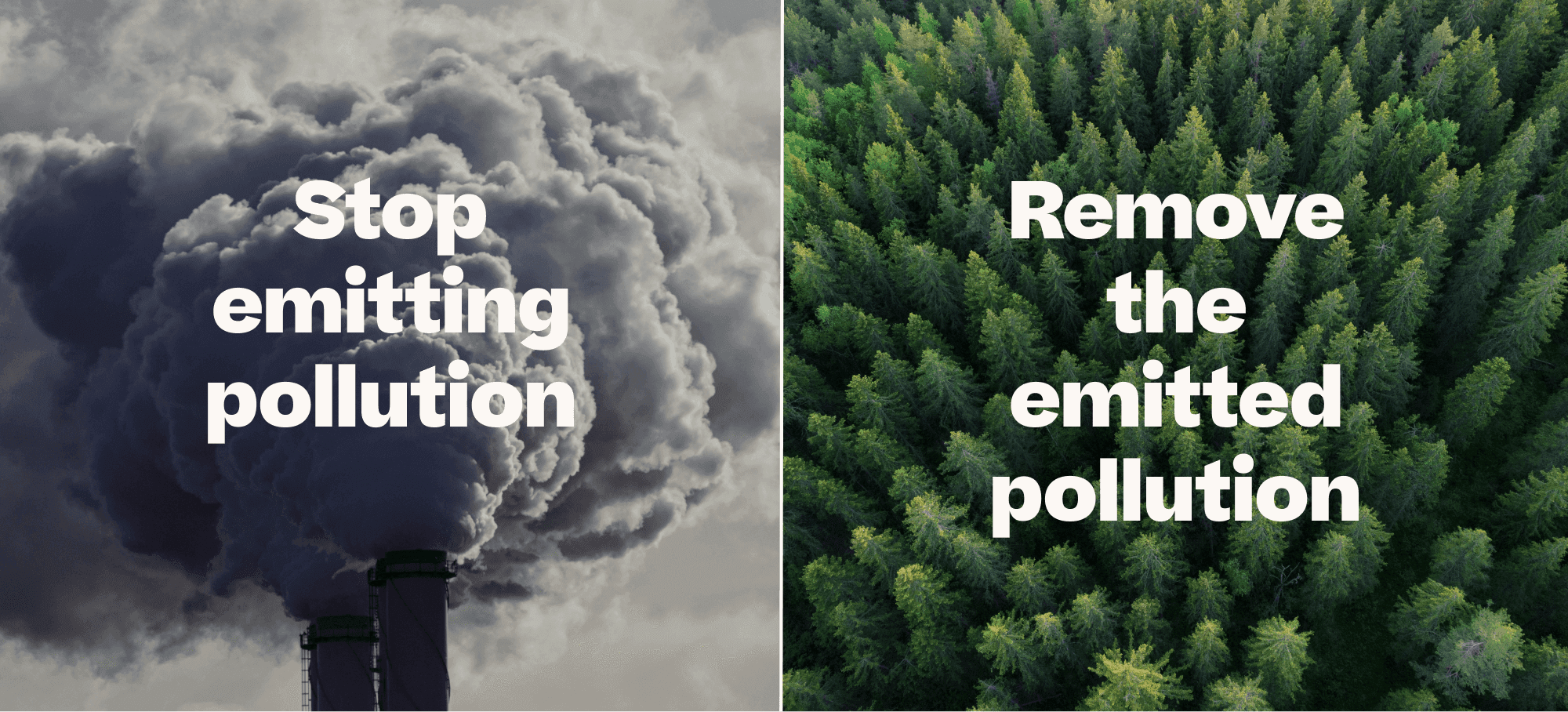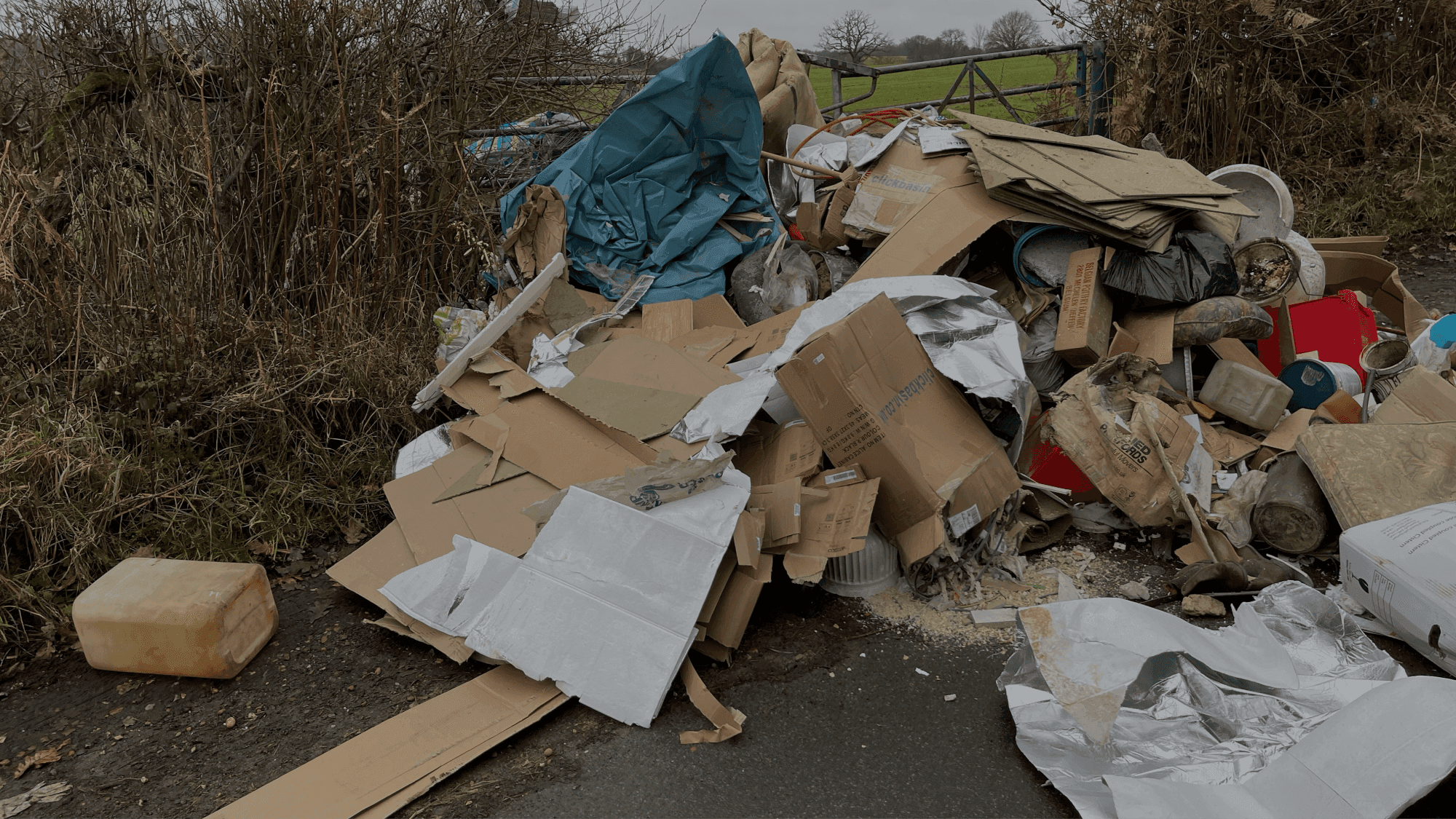
The climate emergency simply can't wait. Together, we’ve emitted far more greenhouse gas than our planet can handle.
The last time our atmosphere held safe levels of carbon dioxide was in 1988 – that’s over 35 years ago.
Even if we achieved zero worldwide emissions today, we'd still have a significant mess to clear up.

Source: Statistica
Climate change is the defining challenge of our time.
It’s the biggest challenge that we, collectively, have ever faced, yet, by working together, we can fix it.
While many people want to do their bit, the scale of the problem can feel overwhelming. It’s hard to visualise, difficult to measure, and even harder to grasp the urgency when terms like "1.5 degrees" and "2050" feel distant and abstract.
This sense of wanting to help but not knowing where to start is especially true for business leaders facing growing pressure from their teams to be more sustainable.
At Glad, we like to keep things simple. We breakdown the climate challenge into two critical steps:
Stop emitting pollution
Most climate action so far has focused on reducing emissions - from switching to renewable energy to electrifying transport. Terms like "Carbon Neutral" and "Net Zero" have become a way for organisations to signal their commitment to tackling climate change.
This is, of course, a step in the right direction. There’s still a long way to go, but momentum is building. We fully support these efforts and want to see them speed up.
However, this approach is about ‘doing less harm’. The reality is, we’ve already done a great deal of harm to our planet. That’s why, at Glad, we take a different approach to solving the climate problem.
Remove the emitted pollution
Imagine for a moment that the greenhouse gases in our atmosphere are like a giant pile of rubbish.
The push for Net Zero is essentially a pledge to stop adding to that pile. Any unavoidable emissions are “cleaned up” through carbon offsets. In theory, this approach prevents the rubbish heap from growing, but there are some major issues with being reliant solely on this approach.
First, reaching global Net Zero is hard and it will take time - and during that time, the pile will keep getting bigger.
Second, because we’re in a position where time really matters, the rigorous process of “Measure, Strategise, Reduce, then Offset” is simply too slow. We fully support businesses getting a handle on their environmental impact, and we agree with the ‘measure it before you manage it’ approach. Yet, when you think about that rubbish heap, especially if it was on your doorstep (which, in a way, it is), you wouldn’t just stand by. Even as you figure out how much you dumped last year and how much you might reduce next year, you’d likely start cleaning up the mess right away.
We focus on cleaning up legacy emissions
Finally, the impacts of climate change are already here. The extreme weather events and natural disasters we see today, from wildfires to the bleaching of the Great Barrier Reef, are caused by pollution we've already emitted. The atmosphere is already overloaded with greenhouse gases. We’ve emitted far more pollution than our planet can safely handle, and the last time we had safe levels of carbon dioxide was way back in 1988.
Our focus is on cleaning up legacy emissions, with the goal of speeding up the return to safe levels of greenhouse gases in the atmosphere. We make it easy for businesses to make a real impact by removing pollution that’s already in the air. Our first goal is to facilitate the removal of 1bn tonnes of carbon dioxide.
Removing 1bn tonnes of greenhouse gas
To meet global net zero we need to remove 10bn tonnes of carbon dioxide from the atmosphere every year by 2050.
So far, combined global efforts have removed just 11.8bn tonnes - we simply have to accelerate our efforts. The first target we’ve set for the Glad community is the removal of 1bn tonnes by 2050.







